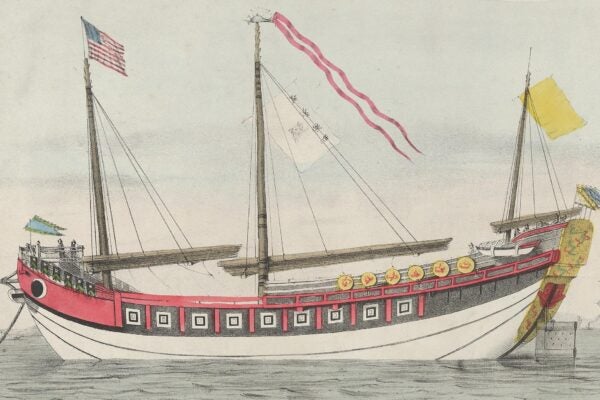Extra Credit: Our pick of stories from around the web that bridge the gap between news and scholarship. Brought to you each Tuesday from the editors of JSTOR Daily.
The scholarship behind the “super-predator” theory (BuzzFeed)
By Dan Vergano
Black Lives Matter activists have called out remarks Hillary Clinton made in 1996 about young “super-predators” predisposed toward terrible violence. The research behind this concept was always controversial, but it’s easy to forget how widely accepted it was at the time.
The nose knows disease and danger (Pacific Standard)
By Emma Young
The next promising technology for diagnosing tuberculosis? A $6,500 rat. How animals sniff out TB, cancer, and land mines.
The case for sugar as a dangerous drug (Vox)
By German Lopez
We sometimes talk about sugar as an addictive drug, but is it literally comparable to alcohol or cocaine? Very, very literally, one researcher says.
When a nudge is not enough (The New York Times)
by Eduardo Porter
Behavioral economics—using “nudges” to get people to do wise but unappealing things, like saving for retirement—is all the rage among policy makers. However, a broader view shows just how inadequate these solutions are in addressing big economic problems.
The hope for a greener agricultural revolution in Africa (The Conversation)
by Xin Zhang, Cheryl Palm, and Eric Davidson
Synthetic nitrogen fertilizers have greatly improved crop yields, but at a high environmental cost. Switching to another technology may help African nations with depleted soil.
Have you seen a story online that does a good job of bridging the gap between the news and scholarship? Or something that seems particularly well-researched? Let us know and we may include it in next week’s roundup. Email us at jstordaily_submissions (at) jstor (dot) org.






